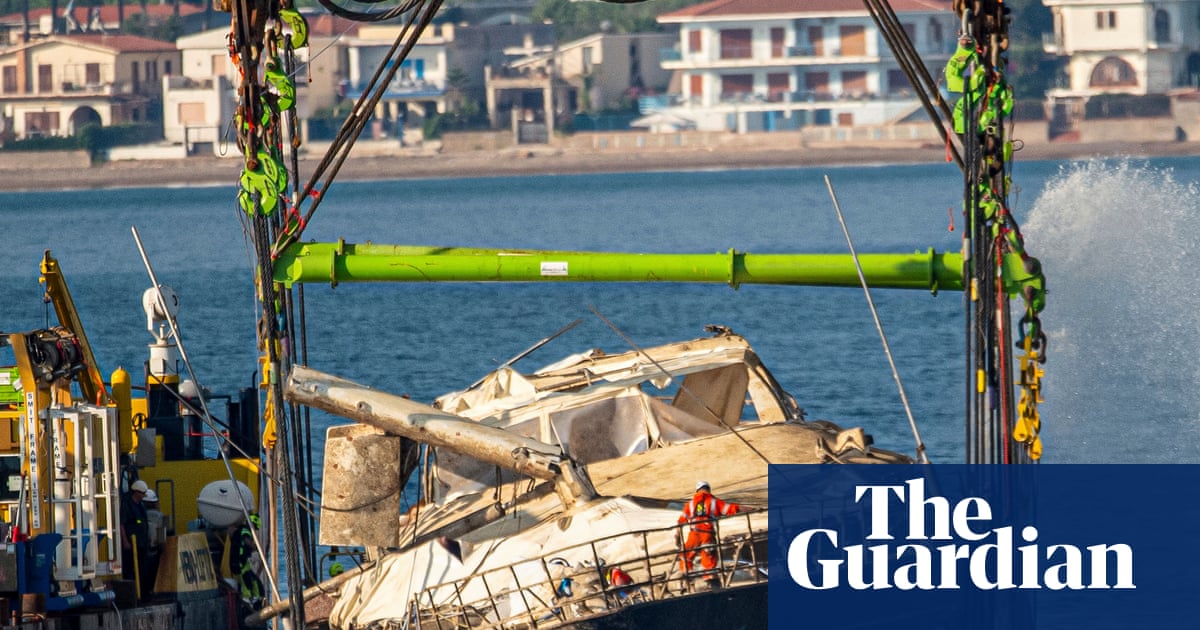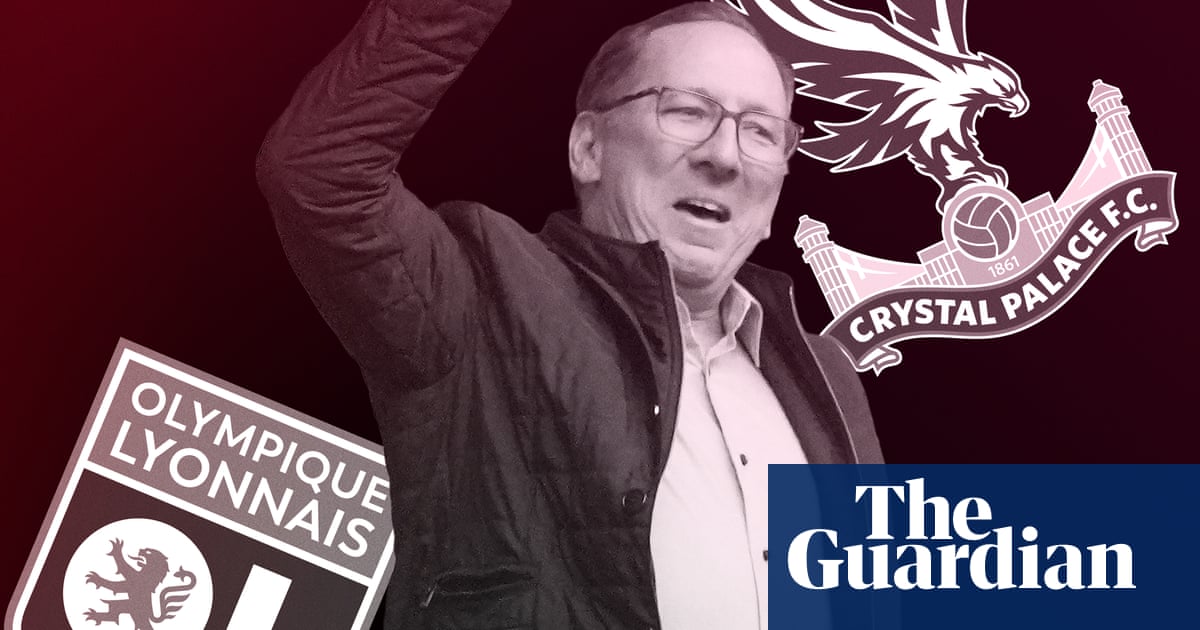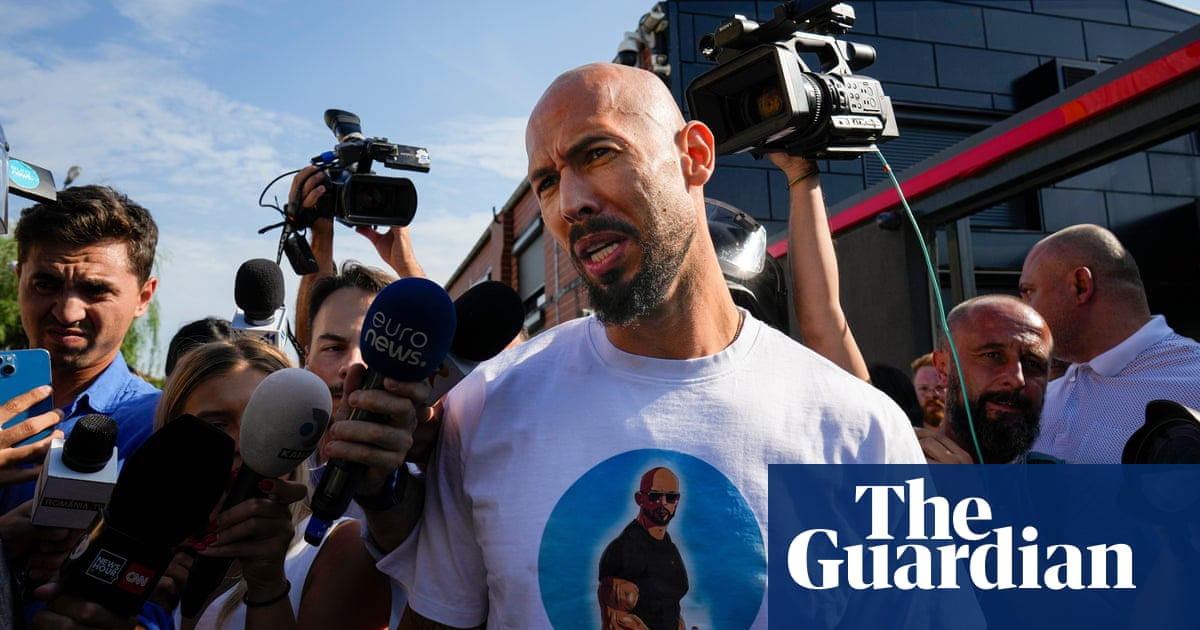When imagining a football match in Buenos Aires many fans visualise La Bombonera shuddering to its foundations by the jumping mass of blue and yellow Boca Juniors supporters or the majestic Estadio Monumental bedecked in streams of ticker tape when hosting Argentina’s victory in the World Cup final in 1978. Last Sunday, the Monumental was at full capacity as 85,000 fans watched River Plate beat Boca 2-1 in a tense Superclásico. However, a few weeks ago my experience of going to a football match in Buenos Aires was very different indeed.
As I discovered when planning my trip to Buenos Aires, gaining admission to one of the Argentinian capital’s largest clubs, such as Boca or River Plate, is by no means straightforward. Both clubs have significant numbers of members, with more than 340,000 each (only Real Madrid have more). These socios have priority when it comes to buying tickets so there is limited availability. One of the only ways to buy tickets in advance is through a third party, who charge $150 upwards. Kick-off times are only announced a week or so in advance, which makes life even more complicated.
Fortunately, there are plenty of other clubs in Buenos Aires, with more than 20 in the greater metropolitan area, eight of which are in the Primera División this season. I plumped for the reigning champions, Vélez Sarsfield, a club that is very proud of its local fanbase. One of their regular chants is focused on how they are not like Boca or River Plate, who attract swathes of international tourists and a fair degree of scorn from Vélez fans. The club motto – “The first to be a great club” – also reinforces their traditions.
The club is proud of its homegrown talent, with World Cup winner Nicolás Otamendi one of their best known academy products. Otamendi joined Vélez when he was seven and progressed to the first team before moving to Porto. The famous Paraguayan goalkeeper José Luis Chilavert played for Vélez Sarsfield in the 1990s. Chilavert scored around 40 goals for the club, a remarkable record that was the result of him not only taking penalties but also being adept at scoring direct free-kicks.

Through a combination of factors, the match against Sarmiento was a low-key affair, with the 45,000-capacity stadium barely half full. It was scheduled at 9.15pm on a Monday night; Vélez had been in poor form; and this was very much a mid-table clash, with Sarmiento not the most glamorous of opponents. Despite the relatively sparse crowd, there were phalanxes of heavily armed police in attendance as the spectators filed through a variety of security checks before entering the José Amalfitani Stadium. Like most Argentinian grounds, there is terracing at both ends and it felt a little odd to be standing at a top-flight match for the first time in decades.
We attended the game with local fan Daniel, who supports Boca and had to wear a long-sleeved shirt to hide his tattoos. “At another ground a few months ago I was identified by one of the home fans as a Boca supporter and was told to be very careful and warned that I should never return.” He also explained that he no longer attends matches at La Bombonera as, during one of the many economic crises that Argentinians have suffered in the last decade, he briefly stopped paying his monthly membership and was excluded, to be placed on a very long waiting list to return.
Vélez are based in the suburb of Liniers, which is a 30-minute bus ride from the city centre. Daniel took us to a fairly shabby social club just outside the stadium for a pre-match beer and choripán (chorizo sausage in a bap). There is no alcohol allowed inside the ground because of crowd trouble in the past. There is also a total ban on away fans, which leads to a slightly surreal atmosphere inside the stadium, with none of the usual ebb and flow between opposing supporters that generates so much of the energy and spark in English football.
We stood next to the ultras who were positioned under the streamers that stretched from the top of the terracing all the way down to the pitchside fences. The support was steadfast, chanting almost continuously throughout the game even though Vélez did not create a great deal to get excited about. The standard of football was akin to the Championship in England, with plenty of effort and the odd dash of skill, but not much finesse and a distinct lack of goalmouth action.
It was a surprise to see so many young children in attendance, especially considering the game finished after 11pm on a weekday. There were a fair few precariously perched in their prams on the steep steps of the dark blue terracing. Some of the older children were held up by parents, with their faces right up against the perimeter fence.
Vélez’s stadium is known as El Fortín (the Small Fort) but this season the ramparts have been breached so many times that the fans seemed a little subdued, almost resigned to their fate. When they won the title last season they were undefeated at home; this season they have played eight home matches, won two of them and scored just two goals in 720 minutes of football.

The game was drifting towards a goalless draw before the Sarmiento substitute Franco Frías scored from close range with 20 minutes remaining. It was greeted by near silence apart from the whistling of the ultras combined with shouts of delight from the Sarmiento players who were joined in their celebrations on the pitch by all the substitutes in the absence of any away fans.
Vélez were handed a lifeline in added time when they were awarded a penalty for a handball. There followed an interminable delay for the spot-kick to be taken as Sarmiento players protested and the referee spent ages checking everything was ready. While waiting for the referee’s whistle, the veteran striker Michael Santos lost patience and tucked the ball into the corner. To howls of derision he was ordered to retake it and, almost inevitably, his second effort was not so successful. He blasted it over the bar and the host’s 1-0 loss was rubber-stamped, extending their lamentable home record.
In keeping with the stadium’s name, and maybe as an alternative bouncy castle for the massed ranks of children attending, an inflatable fort was used as a tunnel to usher the players off the pitch. As the fans drifted disconsolately away into the night, the fort was symbolically deflated along with any faint hopes of retaining their title. Where was Chilavert when they needed him?
This is an article by Richard Foster, the writer behind The Football Mine and the host of the podcast It Started With A Kick.

 1 month ago
32
1 month ago
32

















































